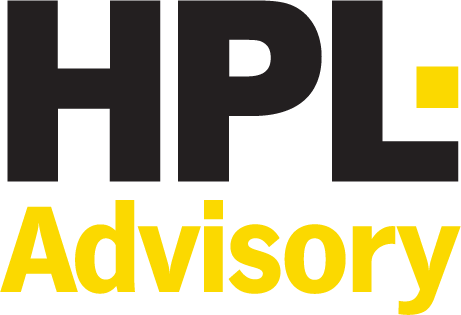News
Which way is Up or Down?
Surviving the current economic circumstances is a challenge and predicting the future economic turnaround is even harder.
We see
it’s likely that a return to pre-COVID trading profits for many businesses in
the retail, hospitality, smaller building and construction, tourism/accommodation, arts/recreation, fitness and personal services industries will
still be a long way off. Government directives to continue working from
home and, the need for businesses to make contributions to amounts owing on
landlord rent deferment, are key drivers in this regard.
The future is confusing to predict and we read in equal amounts about the positive economic indicators, e.g. SA’s jobless rate hitting record lows, and negative news, such as the ballooning of unpaid employee super contributions. Who knows, when even the politicians seem out of touch when proudly announcing “the tills are ringing”?
It’s not that the politicians have not tried to help, they have modified debt collection thresholds, legislated for small business restructuring options, provided financial support, are currently exploring ways to improve bankruptcy processes and the tax office has been quite public in its gentle approach to debt recovery. Banks too, have been helping with the provision of increased debt facilities and flexible debt recovery/default responses.
However, the prolonged unprofitable trading and the above assistance has allowed statutory debt and unpaid superannuation to blow out, and the time is coming to address these problems where some of the obligations may now be too big to manage.
In Silicon Valley, the “fail fast” phrase was developed in reference to stopping investment in products that missed the mark, so that investment monies can be preserved for new and better products. The same concept should be considered with respect to businesses that are financially broken, preserving the ability of the owner to start afresh with the capital they have preserved for new ventures.
Against this, we also understand the deep reluctance of some business owners to allow their businesses to fail for fear of personal guarantees or ATO director penalty notices bringing on bankruptcy, or professional licencing rules preventing the owner from recommencing trade.
It is always preferable for businesses to pay all their debts in full rather than fail and cause loss, but the ability and skill of a business owner to manage cashflows sufficient to do this is as much of a challenge as is finding the revenue gains, gross profit margin improvements and overhead cost reduction to create a turnaround. Management’s ability to balance reinvesting cash flow into the payment of old debt and the investment in growth initiatives is hard, and increasing creditor demands exacerbate this.
There are formal insolvency processes and safeguards that may be engaged to help, such as safe harbour, small business restructuring and voluntary administration, but with all of these procedures, paltry returns to creditors must be avoided and action taken before the business is financially broken.
The key early warning signs that should not be ignored are:
- Persistent unprofitable trading
- Excessive non-business cash use
- A reliance on non-trading revenues, asset sales or fresh debt to supplement cash flow
- Growing taxation and superannuation debt obligations.
When seeing these warning signs in a business, business owners should start the conversation with a restructuring and insolvency practitioner. Starting the conversations early helps improve the chances of avoiding failure.
Heard Phillips Lieberenz are experienced and compassionate corporate and personal restructuring and insolvency practitioners with the skills to help business owners navigate these difficult times and evaluate the options that exist.
